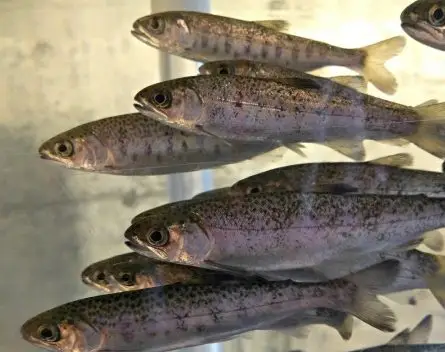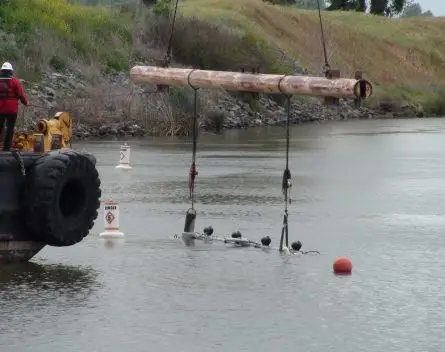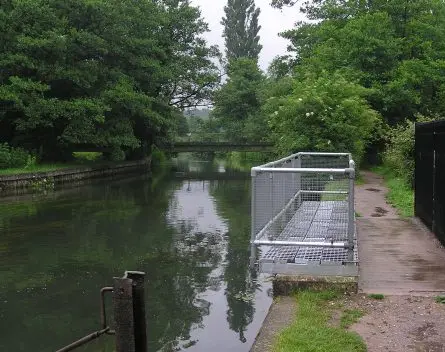![]()
Salmon and Salmon Smolt
Fish deterrence and guidance systems play a key role in the protection of all salmon species.
The migration habits of these anadromous fish put them at risk around man-made structures, as young salmon travel from fresh water to the sea. Physical mesh screens were traditionally used to prevent them from entering intakes at power plants, pumping stations and other facilities, but these can impede the flow of water and become blocked.
Sustaining the salmon population
Sound-based systems reduce the possibility of harm to salmon, without risking shutdown of facilities or incurring the high maintenance costs associated with operating fixed smolt screens. FGS has conducted extensive studies into the habits and physiology of salmonid species, developing technology for use around the world.
These solutions can be combined with light bars for maximum efficiency, as was the case when a hybrid SILAS BAFF system was installed at the Georgiana Slough irrigation diversion in California.
Juvenile salmon smolt migrate down the Sacramento River and may take one of several routes to the ocean. They are much more likely to survive if they stay in the river rather than entering one of the alternative channels. Georgiana Slough is a key site for potential diversion, and a full trial of the combined SILAS BAFF system revealed a successful deflection rate of over 90%.
FGS has since built on this success with further trials and research. Examples of some of these cases can be found below.
Solutions for Salmon
The following solutions are available










